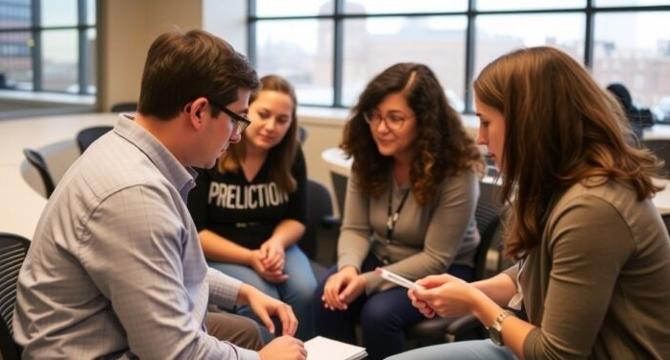Bioengineer
1d
337

Image Credit: Bioengineer
Prioritizing Vaccination: Penn Engineers Apply Network Theory to Tackle a Critical Challenge
- Researchers from the University of Pennsylvania have introduced a computational framework that optimizes distribution of the COVID-19 vaccine within a community in publication PLOS One
- The interdisciplinary team combined insights from engineering, infectious diseases, and healthcare policy to tackle the challenge of prioritising vaccinations for diverse populations
- The research team categorised populations into three essential groups and utilised network theory to effectively determine the most efficient vaccination rollout strategy
- The research revealed in over 42% of simulated scenarios, prioritising the high-contact group could lead to a more significant reduction in mortality rates than the high-risk group
- The researchers plan to incorporate additional variables such as the spread of public opinions regarding vaccination and health behaviours into their model
- The research has applications beyond COVID-19, pointing towards future disease prevention and vaccination strategies
- This research highlights the necessity for interdisciplinary cooperation and the power of innovation and collaboration in shaping a healthier future for all
- Their findings can serve as a valuable lesson for the next generation of engineers and nurture a new wave of professionals equipped to tackle multifaceted societal challenges
- The framework promises to serve as a cornerstone in the face of ongoing and future health challenges
- The framework developed by the research team at Penn signifies a broader commitment to applying scientific knowledge to enhance public health globally
Read Full Article
20 Likes
For uninterrupted reading, download the app